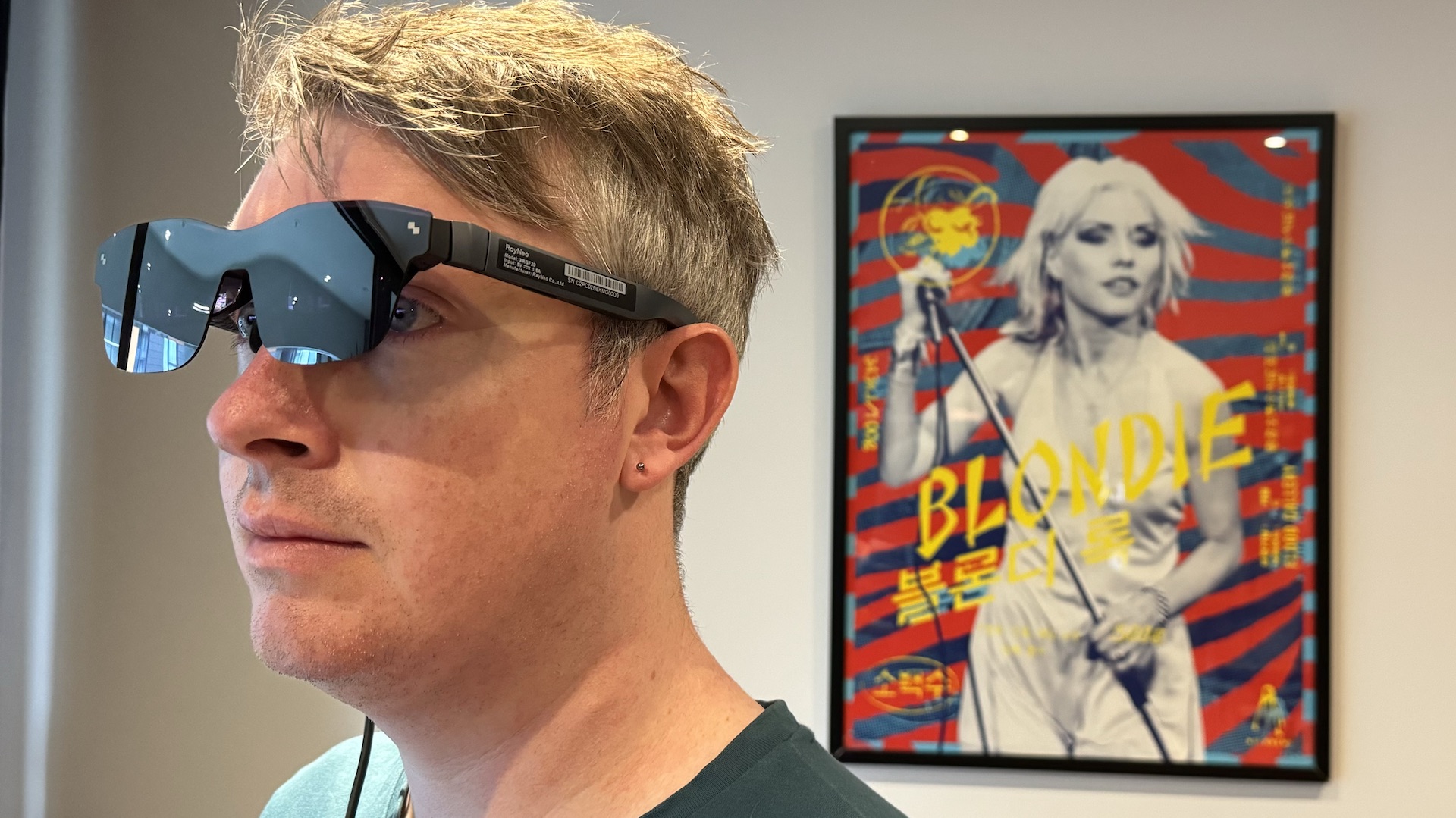
When Apple revealed its Vision Pro headset at WWDC 2023, many members of the iMore staff shared two sentiments:
- That thing looks awesome
- There’s no way I’m going to wear that on my head all day long
Both are valid points! Apple Vision Pro is the culmination of years of research and development by Apple, the company’s next big hope as it looks to dominate the next two decades of computing in the same way its iPhone and Mac do now. And it has some incredible power to reach that goal, from a Mac-grade chip to a photo-real screen and innovative input tracking methods. There’s loads to be excited about.
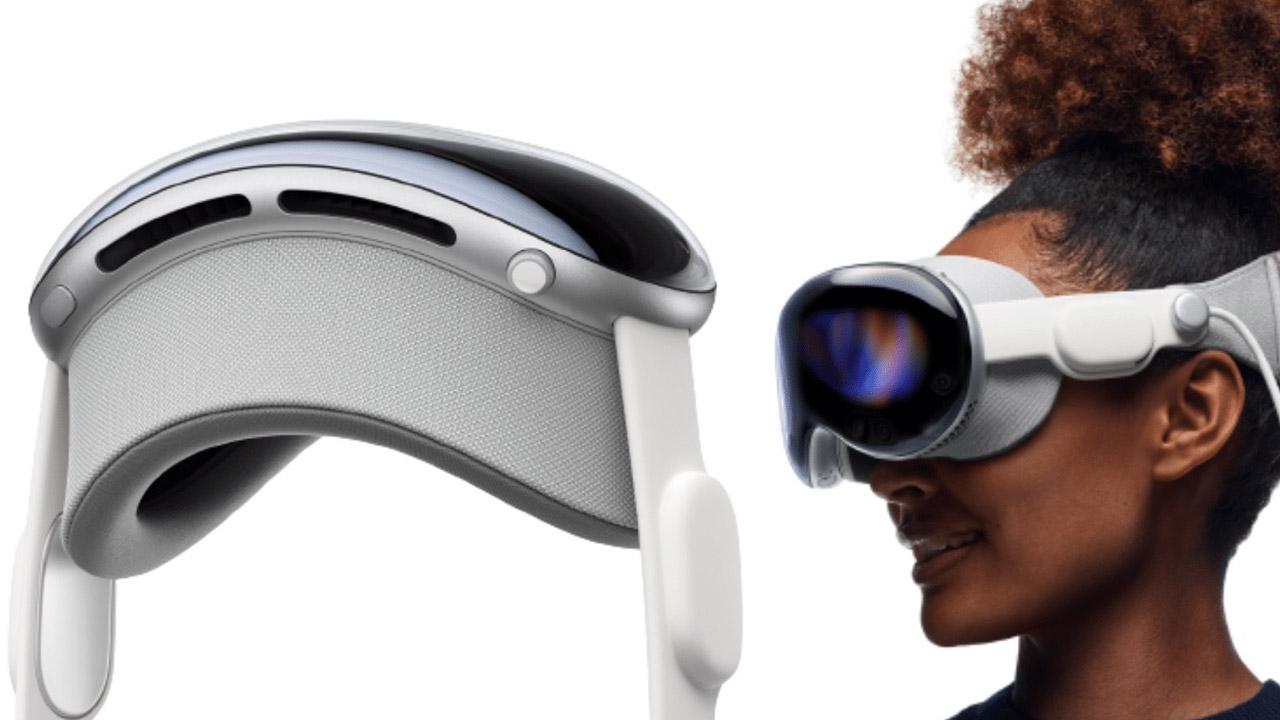
I couldn’t help but be sceptical of Apple’s overarching goal, however: Positioning Vision Pro as something not only for recreational use but also a work-and-play-and-communication-and-fitness and everything else inbetween tool. Even if the company didn’t explicitly say so, it has to be picturing the Vision Pro — and its inevitable successors — as something that you’d spend several hours each day using. To justify its price tag ($3,499), and drum up revenue through on-device software and services purchases, people will need to rely on it and reach for it with the same readiness they do their iPhones.
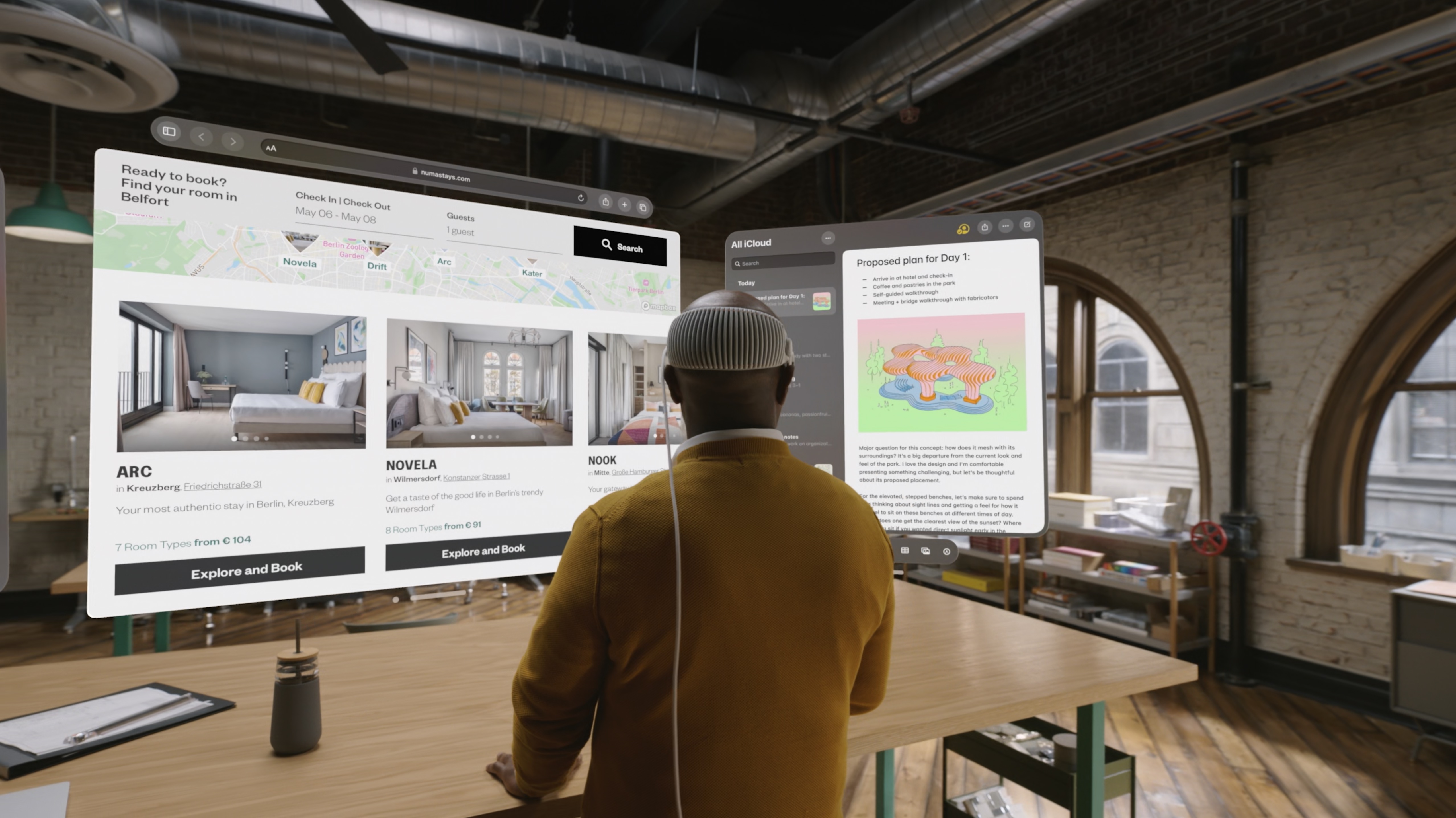
And as anyone that has used a VR headset like the Valve Index or Meta Quest knows, that’s not always an attractive proposition. Even with its socially-conscious EyeSight mode, and as lightweight a design as Apple can build against the compromise of the tech packed within, any bulky headset like the Vision Pro will be fatiguing and a barrier to long-term regular use. The dream of a virtual working world may be an exciting one, but the physical reality can be less alluring.
Could that dream ever be a reality? Is there any way we could ditch our MacBooks and monitors, and spend all day inside a device like Vision Pro?
With a headset… probably not. But with something more like traditional spectacles? I’m ready to argue yes, having spent the last week with the TCL RayNeo Air 2 smart glasses. They’re not perfect, as my full review reveals. But they do offer a tantalizing view of a future where lightweight glasses are at the core of our computing experience, and virtual screens replace the TVs and monitors in our homes.
My time with the smart glasses
The TCL RayNeo Air 2 aren’t the first smart glasses I’ve tried, and like other rival devices in the category, they too have their flaws. Legibility at the extremities of the microOLED displays can be difficult, and they have only the most rudimentary AR features — not a patch on what even Apple’s brief Vision Pro demo teased.
But they’re still the best smart glasses I’ve tried, even removed from the fact that the current competition isn’t that hot. Their 1080p virtual display, appearing to hover in front of your face through the transparent lenses of the glasses, is incredibly sharp and vibrant (at least when centered correctly). And the lightweight design, powered not by an onboard battery but by the USB-C device you hook them to, meant I could feasibly wear them for hours on end without issue.
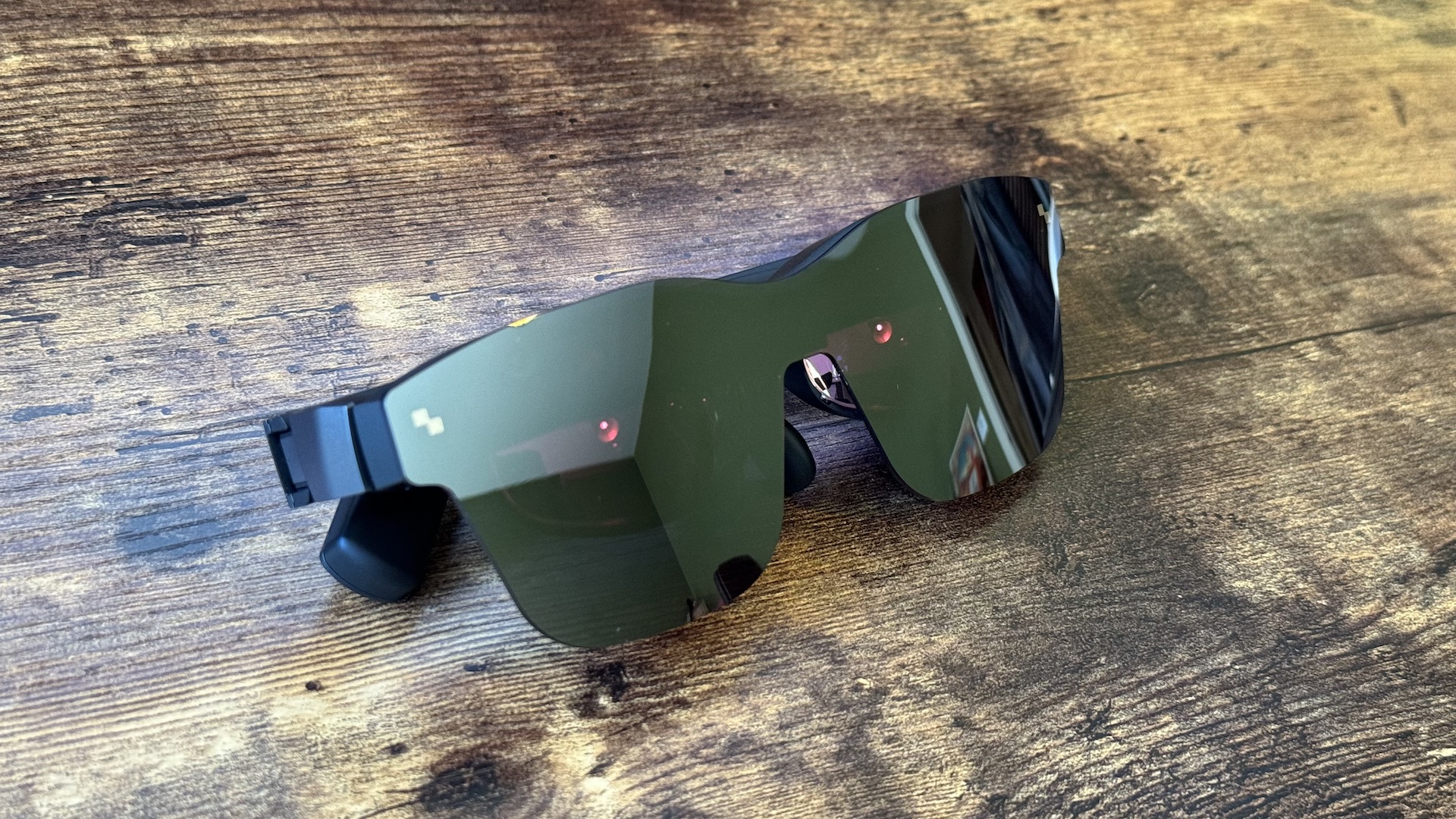
With a simple, single-cable connection to my devices of choice, I was quite happy to reach for the RayNeo Air 2 and use them in lieu of the host device’s own screen. And the transparent display, plus the familiar industrial design that apes a pair of Wayfarers more than a Lawnmower Man prop, meant I could interact with the world around me without taking them off, or feeling tethered by a cumbersome weight on my noggin.
Portable enough to take in bed, with discreet speakers to prevent annoying my better half, I even managed to play a few games late at night without disturbing my bedmate, while they’re light enough to take out with me on-the-go with little hassle, and no noticeable extra strain on my backpack straps
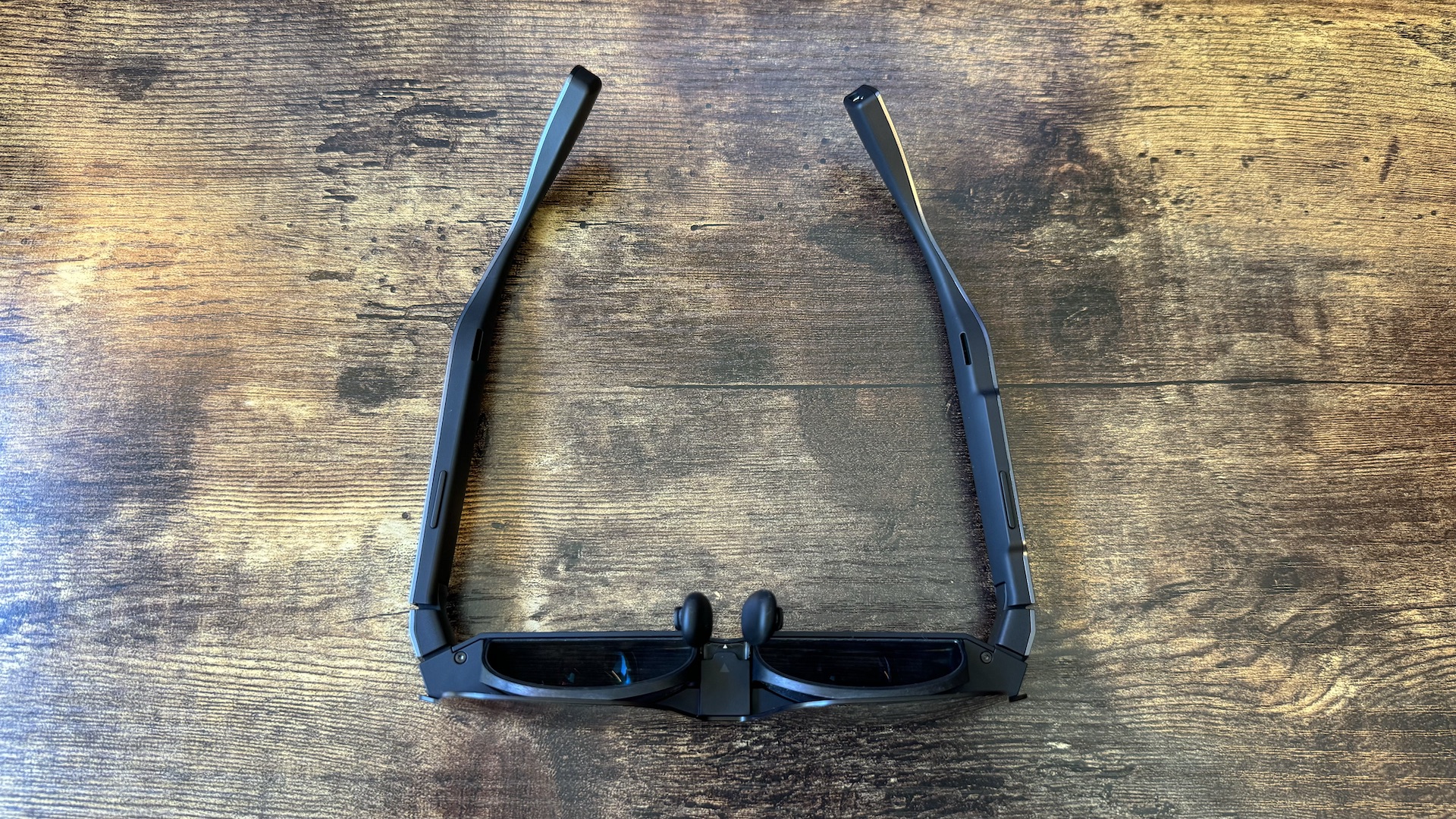
They’re basic in many respects — essentially just a screen-mirroring device, rather than full-blown augmented reality providers. But they perfectly prove the concept: One day, something like this could easily replace the screens we currently depend upon. They're a solid example of the potential rewards such a future could offer.
Baby steps to an Apple AR future
Now, I know comparing the TCL RayNeo Air 2 to the Vision Pro is like arguing the merits of apples and oranges — similar families, but vastly different in the experiences they deliver. In fact, it’s more like comparing apples to raisins — the Vision Pro, as its price tag suggests, is set to be on a whole other level than what the relatively affordable ($379) RayNeo Air 2 offers.
But even with the gulf in functionality, I can’t help but feel that from an industrial design point of view, the RayNeo Air 2 is a more likely vision of what the AR future needs to look like than Apple’s model.
Apple is aware of this, of course; rumor has it that the original intention (and likely one that persists in an R&D lab somewhere) was for the Vision Pro to be smaller and more reminiscent of traditional glasses than the goggle-like product it’s set to launch next year. But for Apple, floating screens are only part of the experience, and more physical, literal space is needed in its device to fit the powerful chips, sensors, cameras and screens it needs to sell its vision of a ‘Spatial Computing’ future.
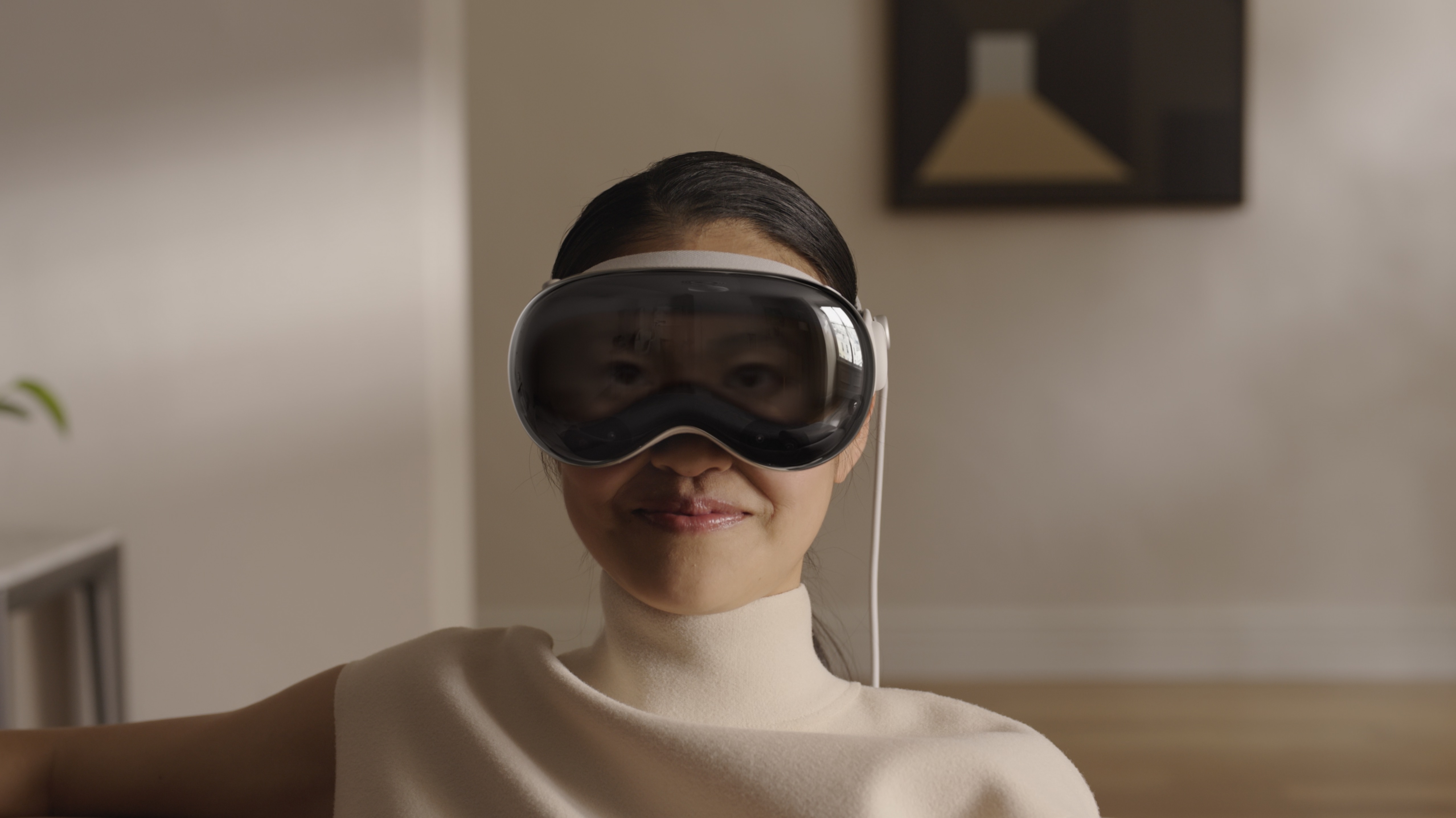
I’m sure Apple is tirelessly looking to miniaturize the tech in Vision Pro to this very end. But that’s a ways off into the future, if possible at all — Moore’s Law’s diminishing returns are already upon us, and even Apple’s own silicon won’t eventually be immune to it, unless Apple has some sort of quantum computing breakthrough.
I wonder then, if in the meantime if not as a total alternative, a halfway house can’t be found? The TCL RayNeo Air 2 showed me that, if made correctly, I’d quite happily wear glasses to work with, provided the screen quality was high enough, comfort was paramount, setup convenient and legibility not a concern. If Apple made a simple pair of screen-mirroring spectacles to the same exacting standards as its other tech, chopped that Vision Pro price tag in half, made it ready to plug into a Mac… OR! a screenless portable Mac — a battery powered Mac mini, half a MacBook, however you want to cut it — offload the processing to another unit and let me just wear a pair of innocuous specs with that half-eaten Apple logo on it, I’d bite. Perhaps not quite as futuristic as the single device Vision Pro ideal. But more practical? More affordable? Maybe.
It wouldn’t be the giant leap for mankind that Apple’s hoping the Vision Pro will be. But perhaps baby steps will do while we’re still learning to walk the AR path.
Read more from iMore
- 50 things you need to know about Apple Vision Pro
- Where to buy Apple Vision Pro (when it comes out)
- I'd buy Apple Vision Pro just to watch sports, and I will
- In defense of the Apple Vision Pro battery pack (with one major ...
- Google canceled its Apple Vision Pro rival that might have been ...
- Waiting for a cheaper Apple Vision Pro headset? We've got some ...







